1+1 Cauliflower super snowball – Desi Seeds
₹60.00 Original price was: ₹60.00.₹55.00Current price is: ₹55.00.
(MRP Inclusive of all taxes)
- Shipping Rs 100 for entire order
- Dispatch in 8-10 days
- Country of origin: India
Description for Cauliflower super snowball
Cauliflower is one of the commonly used flower-vegetable.
Life cycle: annual, biennial
Max reacahble height: Height: 1 to 2 feet
Spread: 1.3 to 3 feet
Planting and care
Most cauliflower varieties require about 2 months to mature, although some are a little quicker and others can take up to 3 months. Since they will not form heads in warm weather and can only handle a light frost, be sure to choose a variety that will have enough time to mature in your climate.
That means a fast maturing variety if your spring or fall is short. Longer maturing varieties are good choices for gardeners with mild or late winters.
Caring for Cauliflower super snowball
- Make sure that the plants have uninterrupted growth to avoid the plants to develop the head prematurely or ruin the edible part completely.
- Cauliflower requires consistent soil moisture with normal rainfall, this usually requires supplement watering.
- For best growth, side-dress the plants with a nitrogen fertilizer.
- When the white head is about 2 to 3 inches in diameter, tie the outer leaves together over the head with a rubber band, tape, or twine. This is called blanching, and it protects the head from the sun and helps you get that pretty white color.
- The plants are usually ready for harvest 7 to 12 days after blanching.
Harvesting
- When the heads are compact, white, and firm, then it is time to harvest them. Ideally, the heads will grow 6 to 8 inches in diameter. Cut the heads off the plant with a large knife. Be sure to leave some of the leaves around the head to keep it protected.
- If the heads are too small but have started to open up, they will not improve and should be harvested.
- If the cauliflower has a coarse appearance, it is too mature and should be tossed.
- If you want to store cauliflower, you can put the head in a plastic bag and store it in the refrigerator. It should last for about a week.For long-term storage, you can also freeze or pickle the heads.
Typical uses of Cauliflower super snowball
Special features: Cauliflower is a cool-season crop and a descendant of the common cabbage. It is more difficult to than its relatives because it does not tolerate the heat or cold as well.
Culinary use: The leaves and stem of cauliflower are both edible. It mostly used in salad and vegetarian diet.
Ornamental use: NA
Medicinal use: It contains good amounts of many vital B-complex groups of vitamins such as folates, pantothenic acid (vitamin B5), pyridoxine (vitamin B6) and thiamin (vitamin B1), niacin (B3) as well as vitamin K.
Be the first to review “1+1 Cauliflower super snowball – Desi Seeds” Cancel reply
Related products
Flowering Plant Seeds (Imported / Hybrid)
Flowering Plant Seeds (Imported / Hybrid)
1+1 Marigold pusa basanti, Tagetes erecta pusa basanti – Desi Seeds
Flowering Plant Seeds (Imported / Hybrid)
Pot Vegetable Seeds
Flowering Plant Seeds (Imported / Hybrid)
Flowering Plant Seeds (Imported / Hybrid)
Flowering Plant Seeds (Imported / Hybrid)
Flowering Plant Seeds (Imported / Hybrid)


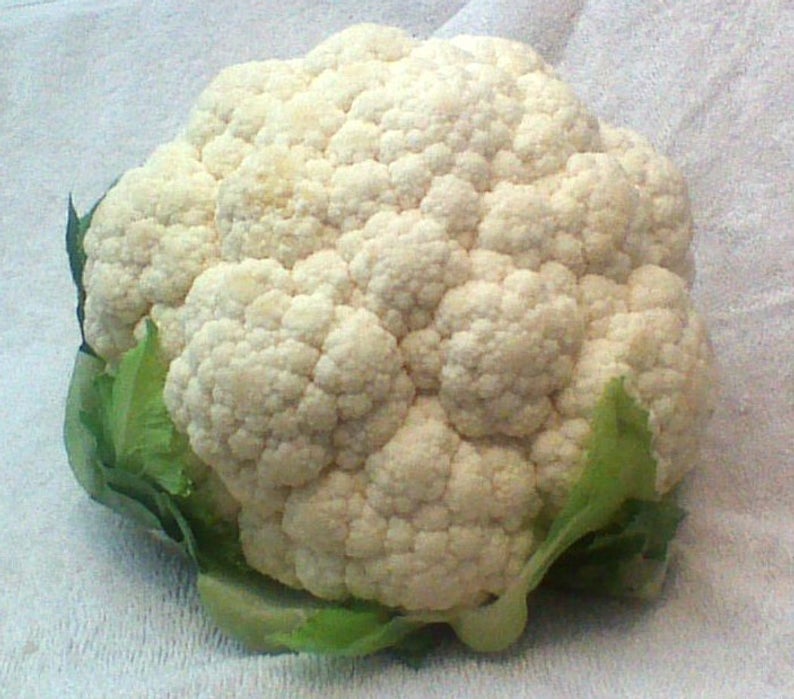
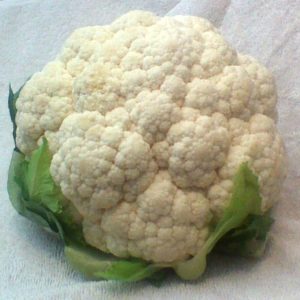
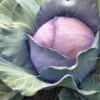

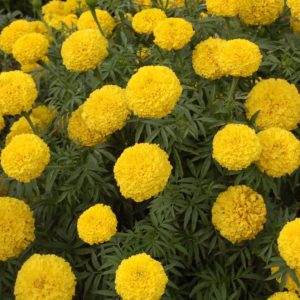

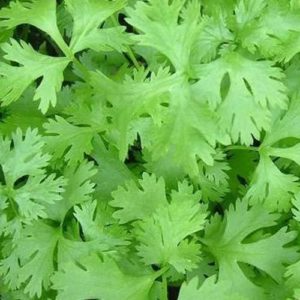
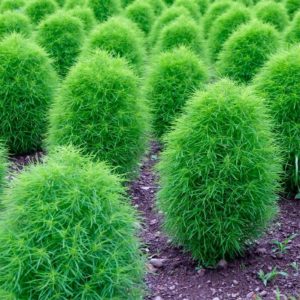
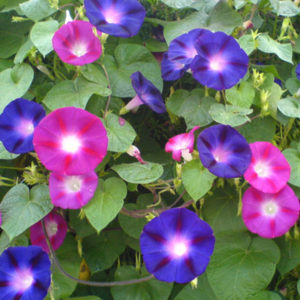


Reviews
There are no reviews yet.